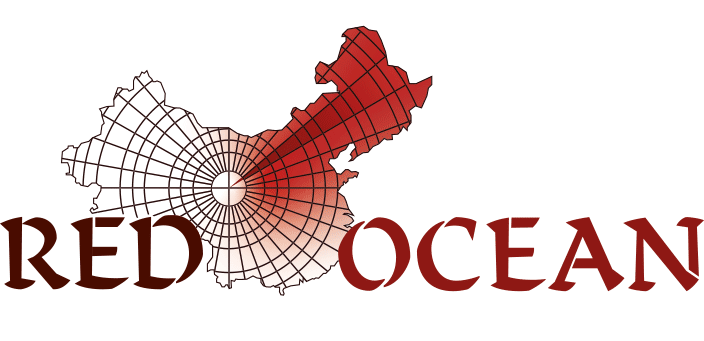
Regions and Municipalities
People's Republic of China
China’s regions
There are 22 Provinces, 5 Autonomous Regions, and 4 Autonomous Municipalities in the People’s Republic of China (plus the two Special Administrative Regions of Hongkong and Macao, with specific international status).
There are 333 prefectures in these regions (3rd rank of government and CPC organization, referring to the regional level – nonexistent in Autonomous Municipalities).
There are 2,851 districts and counties in the People’s Republic of China (4th rank of government and CPC organization, referring to the prefectural level – 3rd rank in Autonomous Municipalities).
China (small islands excluded) runs from 18°1’ North (Southern end of Hainan) to 53°5’ North (Northern end of Heilongjiang); and from 73°6’ East (Western end of Xinjiang) to 134°8’ East (Eastern end of Heilongjiang).
The total area of China is 9,597,000 km2 (4,233,000 km2 for the EU; 9,525,000 km2 for the US).
China comprises 16% of plains and low plateaus, 11% of hills, and 73% of mountains and high plateaus.
China and the World’s highest point is Qomolangmo (Mount Everest) in Xizang, at 8,848 meters.
Based on regional capitals, average January temperatures run from —16°C in Harbin (Heilongjiang) to +19°C in Haikou (Hainan). Average July temperatures run from +18°C in Lhasa (Xizang) to +30°C in Changsha (Hunan), Wuhan (Hubei), Nanchang (Jiangxi), Guangzhou (Guangdong) and Hangzhou (Zhejiang).
Yearly rainfall ranges from 190 mm in Lanzhou (Gansu) to 2,450 mm in Haikou (Hainan).
China’s population stood at 1,412 million inhabitants end of 2020.
China as a whole has a 63.9% urban population, versus 36.1% rural (2020).
China’s total GDP stood at 17,900 billion USD in 2021.
Shares of China’s total 2020 GDP are 7.7% for Agriculture, 37.8% for Industry, and 54.5% for Services.
China’s average GDP per capita was 12,680 USD in 2021. Regional levels range from 46% of that national average (for Gansu Province) to 232% (for Beijing Autonomous Municipality).
China’s output in 2020 was 617 million tons of main cereals (43% corn, 35% rice, 22% wheat); 287 million tons of fruits; 108 million tons of sugar cane, 2.9 million tons of tea, 5.9 million tons of cotton and 2.1 million tons of tobacco.
China’s output in 2020 was 77.5 million tons for meat (63% pork, 24% poultry, 7.5% beef and 5.5% mutton) ; 35.3 million tons for milk ; and 65.5 million tons for water products (51% seawater, 49% freshwater).
China’s total electricity consumption in 2018 was 7,450 billion kWh (kiloWatt-hours) ;
China’s total electricity output in 2020 was 7,625 billion kWh (the difference between national consumption and output results from losses linked to electricity transport and distribution).
China’s total electricity production installed capacity in 2020 was 2,200 GW (GigaWatt), with 57% for thermal power plants ; 17% for hydropower ; 13% for wind power ; 11% for solar power ; and 2% for nuclear power.
China’s total expressways network stood at 161,000 km in 2020.
China’s total railway’s network stood at 146,300 km in 2020.
China’s total inland waterways network stood at 127,700 km in 2020.
Regional CPC Government
As with all structuring elements of Chinese society, regional political organization reflects the dual Party / State organization.
The Secretary of the regional CPC Committee comes number 1 in the regional hierarchy, followed by the head of the provincial government as number 2. The deputy secretary of the regional CPC Committee comes as number 3.
The regional government is headed by a Governor for Provinces, a Chairman for Autonomous Regions and a Mayor for Autonomous Municipalities.
Under his leadership, regional government work is supervised by various number of vice-governors (or vice-chairmen or deputy mayors).
Regional governments mirror the organization of the Central Government (except for regulatory administrations) with Departments corresponding to the different ministries (Finance, Industry and Information Technologies, Science and Technology, …); a regional DRC (Development and Reform Commission) overseeing regional impact infrastructure projects; and a SASAC (Sate-owned Supervision and Administration Commission) overseeing SOEs (State-Owned Enterprises) controlled by the regional government.
Check our exclusive content by yourself and get a 100% free trial for a week
Get your free trial right now
No commitment No payment No questions asked

